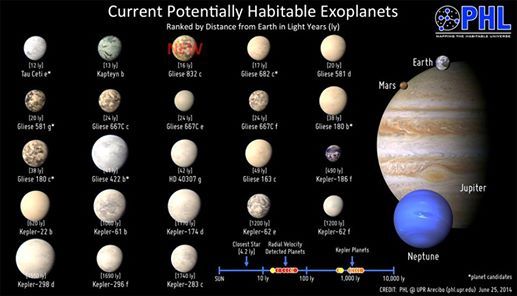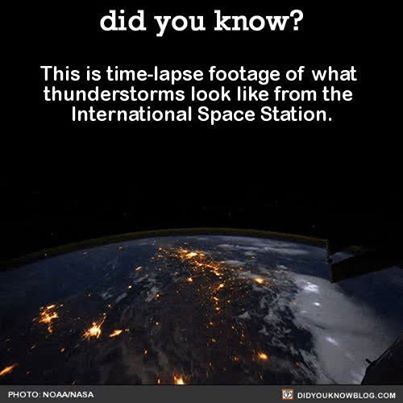Jul 12, 2018
Hubble, Gaia produce most precise measure of universe’s expansion rate
Posted by Dan Kummer in category: space
July 12 (UPI) — By combining the observations of the two most powerful space telescopes in orbit, scientists have achieved the most precise measurement of the Hubble constant, the universe’s expansion rate.
The new measurement confirms the tension between explosion rate in the early and late universe, researchers report.
Astronomers can measure the expansion of the universe by measuring a galaxy’s redshift, a change in the wavelength of the light due to a change in the velocity of the object. By measuring the redshift of galaxies using the Hubble Telescope, scientists have established the Hubble constant.
Continue reading “Hubble, Gaia produce most precise measure of universe’s expansion rate” »
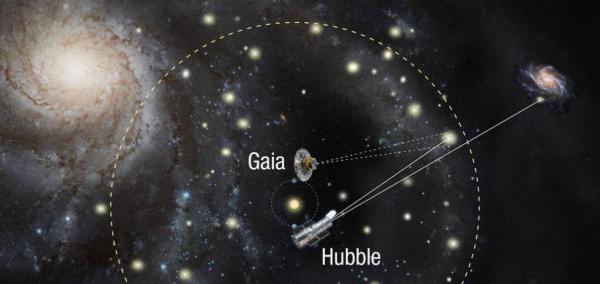

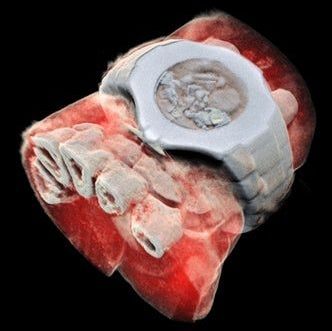
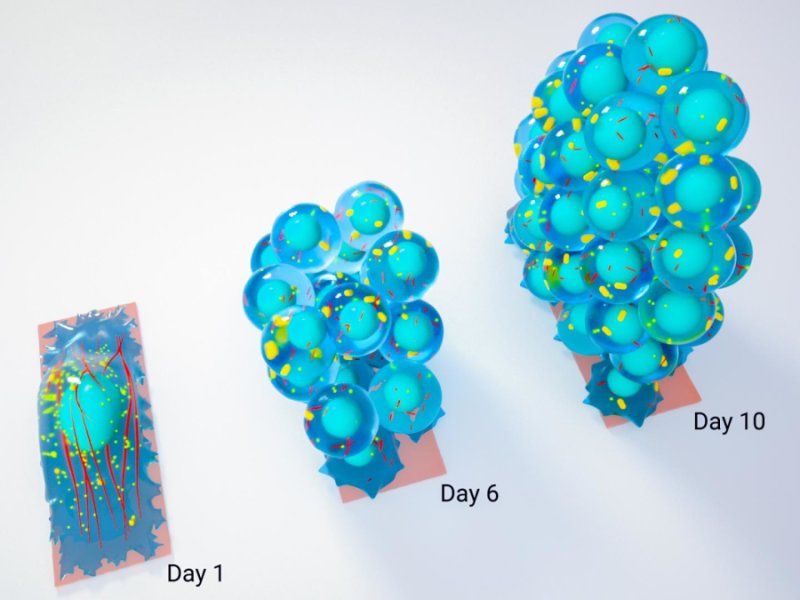
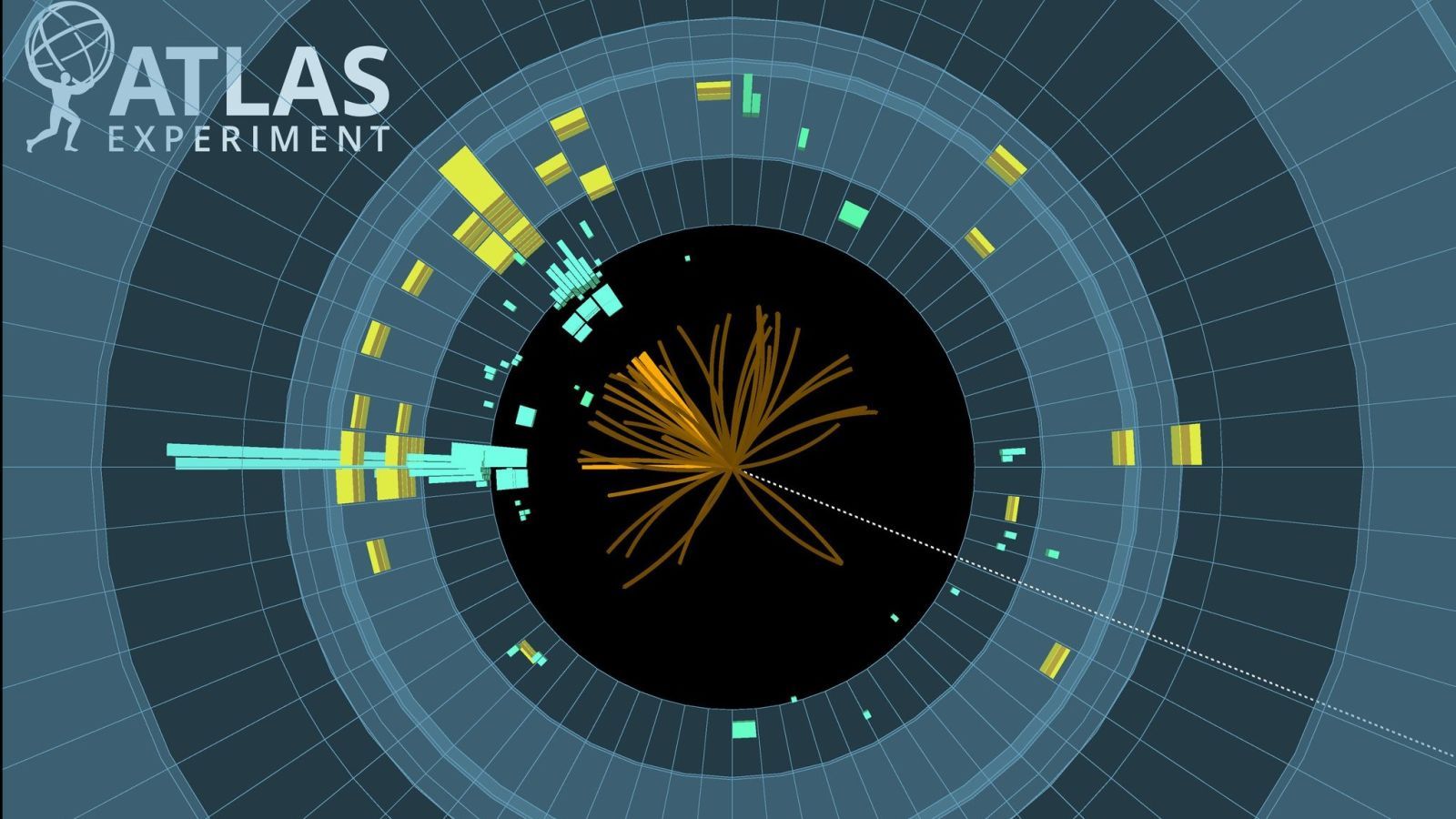
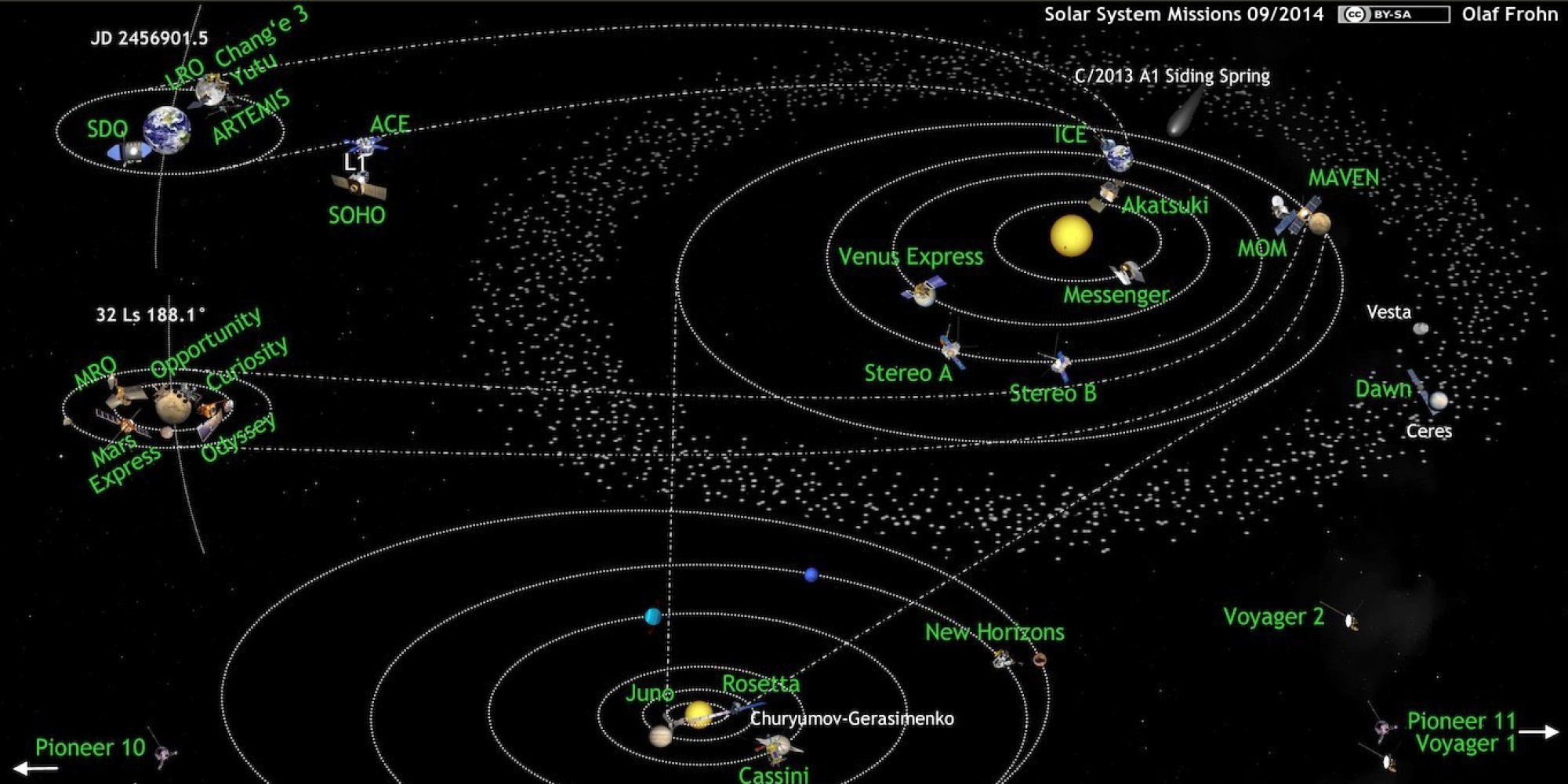
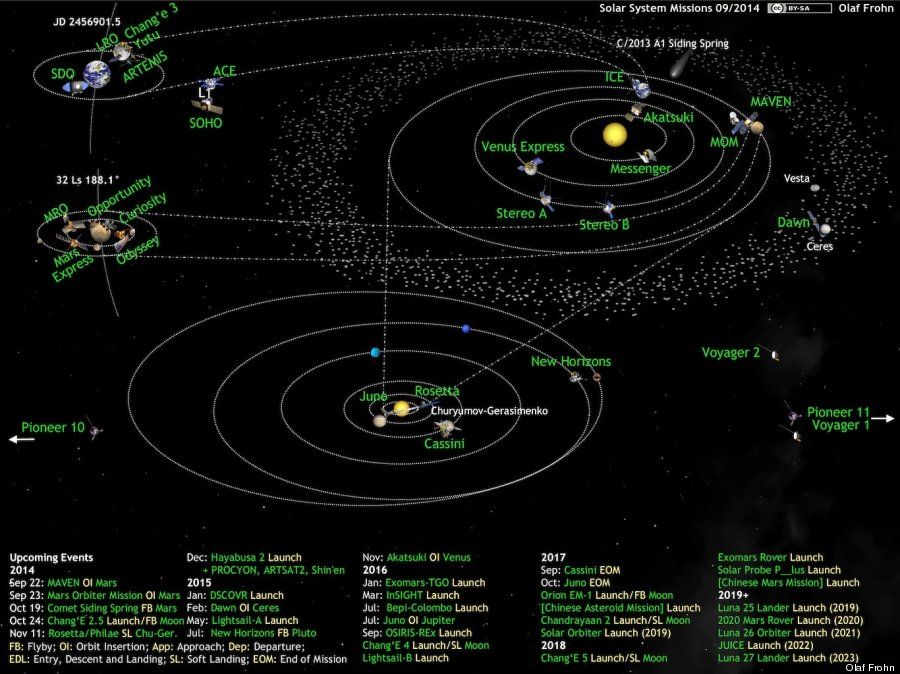 A diagram, updated once a month, of active space missions beyond Earth orbit.
A diagram, updated once a month, of active space missions beyond Earth orbit.